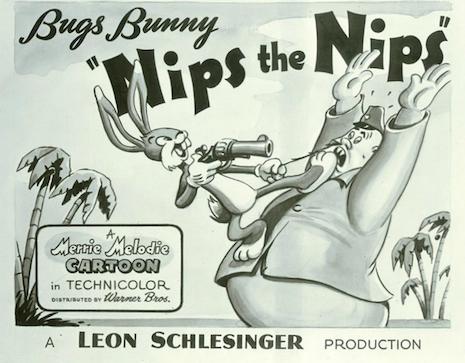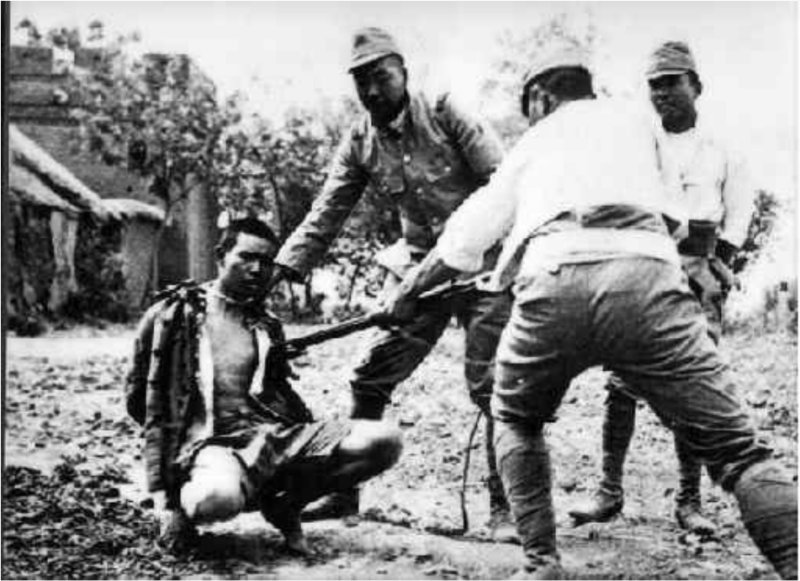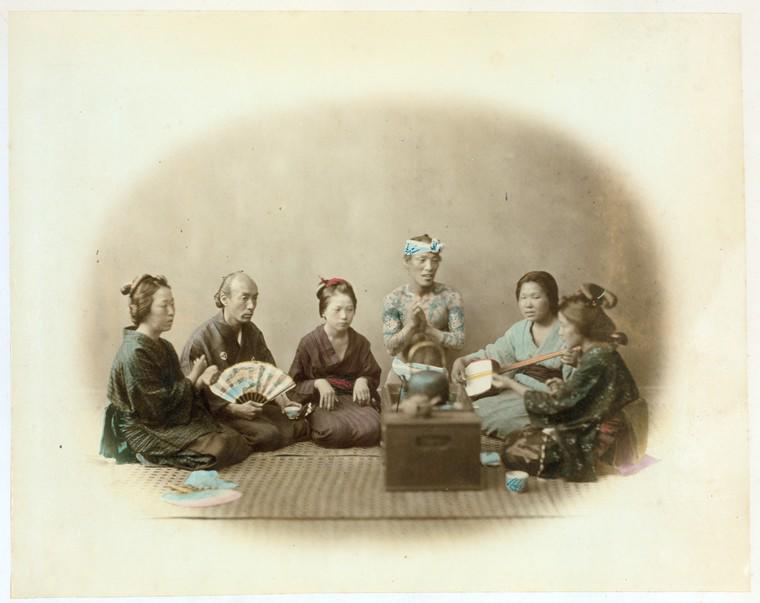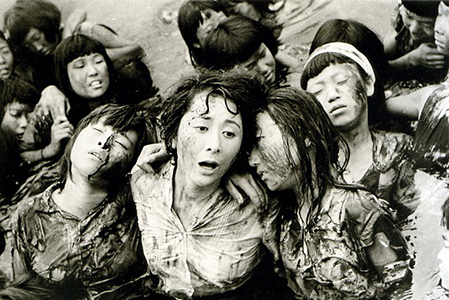
During war–World War II is our example–governments use these primal needs and stoke the fires of separation to make people willing to die. Yes, higher ideals such as saving people and protecting freedom plays a role, but even these fill the same primal needs. Often, these higher ideals are combined with racism or other forms of tribalism to reinforce the feelings of belonging and superiority. Both sides of the conflict employ the same tools; however, only the victor gets to claim their moral rightness and cultural superiority.
Okay, it’s time for me to insert a caveat to our discussion. I am not vindicating or whitewashing the horrors Japan or any other nation have done. During World War II, Japanese soldiers raped and murdered people. American soldiers did too. Japan performed human experiments similar to what Nazi Germany did. And during its formative years, the United States attempted genocide on the Native Americans using everything from bullets and small pox infected blankets.

In any case, media allows governments to push these motivations onto people. The word for this, propaganda, has negative connotations. The United States had its fair share of propaganda that shaped people’s opinions of Japan during World War II. I’ve ran into people who grew up during that period who still speak poorly of Japanese people. I’m certain there are Japanese from the period that still think poorly of Americans. Notice how blanket these statements are? Propaganda, racism, and other tribal thinking focus stereotypes. Asians are good a math but not much else. Americans are loud and obnoxious. The French stink. The idea is to paint people in broad strokes that makes it easier to feel personally superior. They also make it easier to kill during war or to die to avoid capture. For many, such propaganda was the only source of information about the enemy.
During the war, Looney Tunes, Popeye, and other cartoons told humorous (today, we’d find them offensive) stories that demonized the Nazis and the Japanese. The cartoons used stereotypes and caricature to portray Japanese soldiers. They also showed the Japanese as buffoons and how Americans (represented by Bugs Bunny) ran circles around them. I had tried to post several videos, but copyright concerns (Thanks, YouTube) have prevented me from doing so. Copyright can be great, but it can also hurt our ability to learn. However, I managed to pull a few films for you to watch.
Tokio Jokio is a Looney Tunes film that makes fun of Japan using deformed stereotypes of Japanese people–large teeth, deformed heads, big ears, slanted eyes–as they go about military matters in the wrong way. They paint spots on aircraft as “aircraft spotters” and other jokes. In one scene, a title card speaks of a room reserved for Admiral Yamamoto, the man who planned the attack on Pearl Harbor. The room contains an electric chair. The version I found is poor quality, but it’s difficult to find these films. People would rather forget. However, forgetting only dooms us to repeat history.
Of course, Japan also used the same methods for their propaganda. The first anime ever produced, Momotaro’s Divine Sea Warriors, is one of these pieces of propaganda. In later scenes, the film shows Japanese soldiers in the shape of animals battling stereotyped depictions of American and British soldiers and winning. In one scene, western soldiers scream as they die and playing cards flutter. The film’s serious tone contrasts against the American cartoons’ mocking tone.
https://www.youtube.com/watch?v=-yjTE88OLbo
This labeling of people as other has been in the forefront of American politics lately, but as you can see it isn’t new. Today, people draw lines based on political affiliation and state of citizenship. For example, recently illegal immigrants have been labeled as criminals and dangerous in the US. These labels have allowed the Presidential administration to separate children from their families. While there has been some outcry, many people agree with the action. Namely, it’s because of the label, the perspective, that allows such behavior. It’s a modern-day example of the same labels and thinking that allowed Americans to disparage Japanese-Americans during World War II.
The use of the other label extends to Native Americans during America’s colonial period, to the Protestants during the Protestant-Catholic conflicts of Europe, and to the Chinese in Japan’s treatment of them during World War II. We even see it in the otaku community. While this isn’t as dire as with the labeling we see in our cartoon example, the thought process remains the same. Deriving a sense of identity by setting yourself against others leaves you open to treating them as subhuman. Internet trolling stems from this type of thinking. If you can do this for something as small as liking or disliking Sword Art Online, you could divide people by ethnicity. With the right conditions and time, a single seed can grow a forest.
What’s more, this type of thinking comes easily, and it feels good. We need to be careful of our thinking so we can stop repeating history.
Today, propaganda isn’t as overt as in World War II, but it still exists. Subtle messages are harder to see, which makes them more insidious than the overt ones you’ve seen in these cartoons. However, understanding the reasons behind stereotypes and seeing past methods helps us guard against the subtle messages. Propaganda makes us believe falsely about swathes of people. Only by understanding it can we avoid its grasp.




You did some good work here, Kincaid
Thank you!
People get the government they deserve. We live with 24/7 news. Quiet people may be content, but quiet voices are not heard. Which ‘Quiet” person will, successfully, challenge Trump? I have studied USA and International politics for many years. I see no one to challenge XiJuniPing. (1.6 billion people) I lived in Xi’an three years. Everyone was “Quiet” from fear. I cannot see sunshine.
I remain optimistic. History has had a positive trajectory. Dark periods happen, but in the long run, people have grown more open-minded, empathetic, and peaceful than in the past.
We have ‘enjoyed’ centuries of discrimination. It is a natural part of evolution. Homosapiens have developed to become the most powerful species ever. We kill for fun and profit. We pollute with no care for the environment. Natural population controls, disease, age, food supply, have been significantly ‘modified’.
Who are the ‘Upright” minds in your plan?
Upright minds are the quiet people who work against the tide. They live mindful lives based on love for others and creation. They are the pebbles in the pond, but they could use help amplifying their messages. Thich Nhat Hanh comes to mind. Timothy Keller. Thomas Merton. Sadly, our society is structured to uphold sports figures instead of upright minds like these. They number among Pastors, Imams, Rabbis, and other public figures, but again, our systems are skewed away from spreading such positive messages.
Again, I agree. However, how do we expect prejudiced parents, particularly those who would swear, “I am not prejudiced!”, and more than a few ‘teachers’ to change? May I suggest we eliminate all the “Color” and “Hyphenated-American” -from media?
Are “Whites” from South Africa, My uncle for example, “African-Americans”?
I taught my 5th. grade students, we all came from Africa. (Not well received by parents.)
I believe education extends beyond professional teachers to everyone of an upright mind. It takes a long time, perhaps centuries, to turn human thought patterns. Until then, history will keep punishing us. Creation is a relentless task master.
Accurate, but there is no solution.
Generally, people are content with simple answers.
Few, very few, will take time to evaluate the source and form a logical conclusion.
Trump is the perfect example.
I agree that there isn’t a perfect solution. However, education and teaching mindfulness practices at an early age can work toward minimizing the problem. Minimizing is the best we can do, unfortunately.